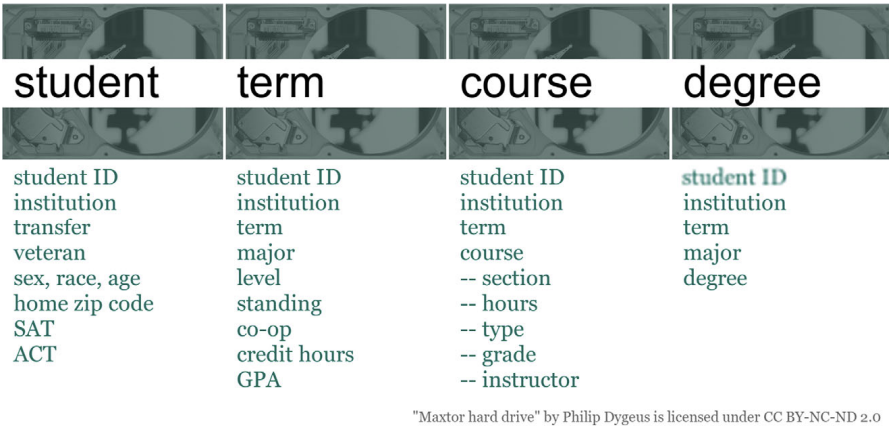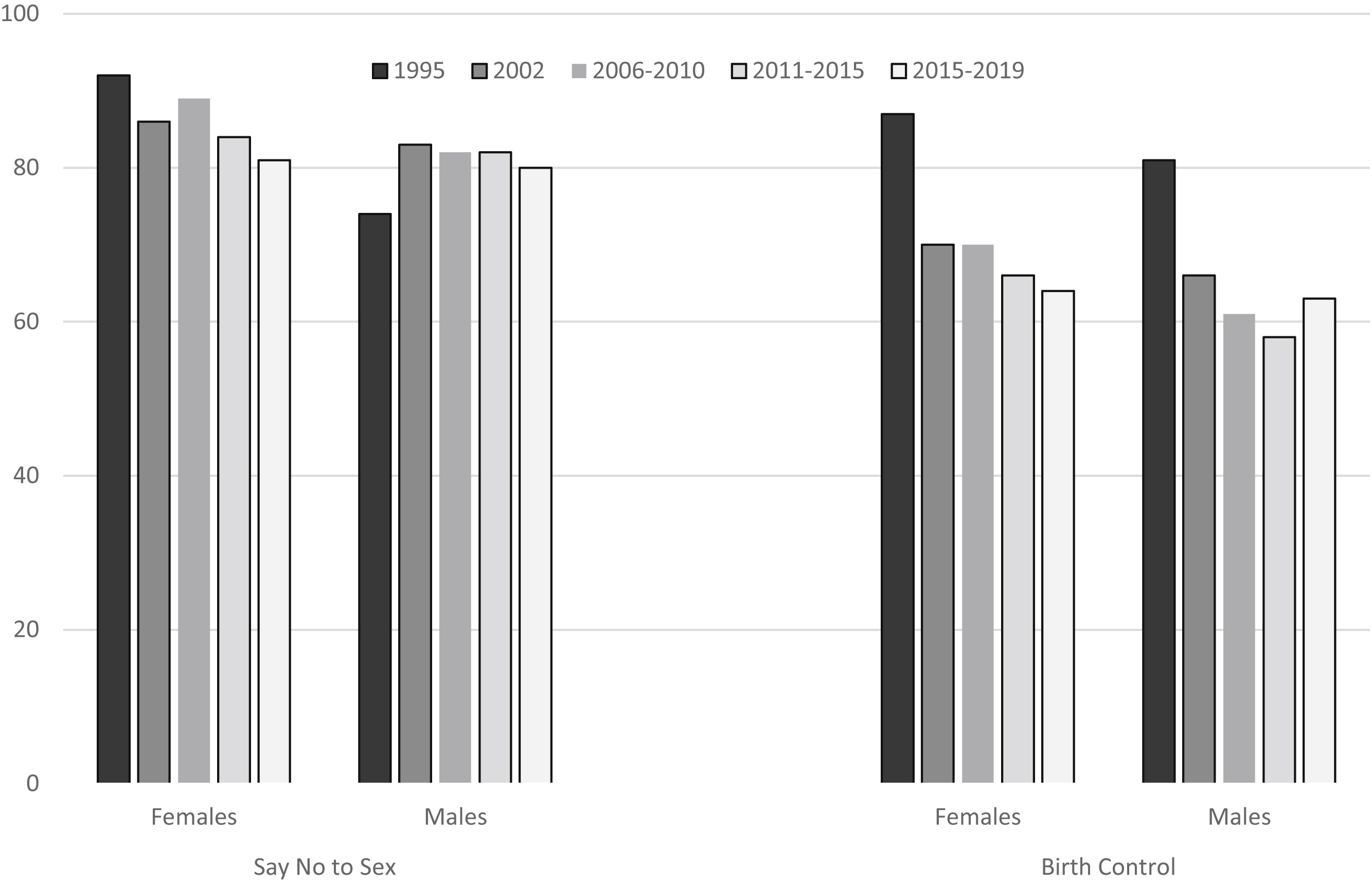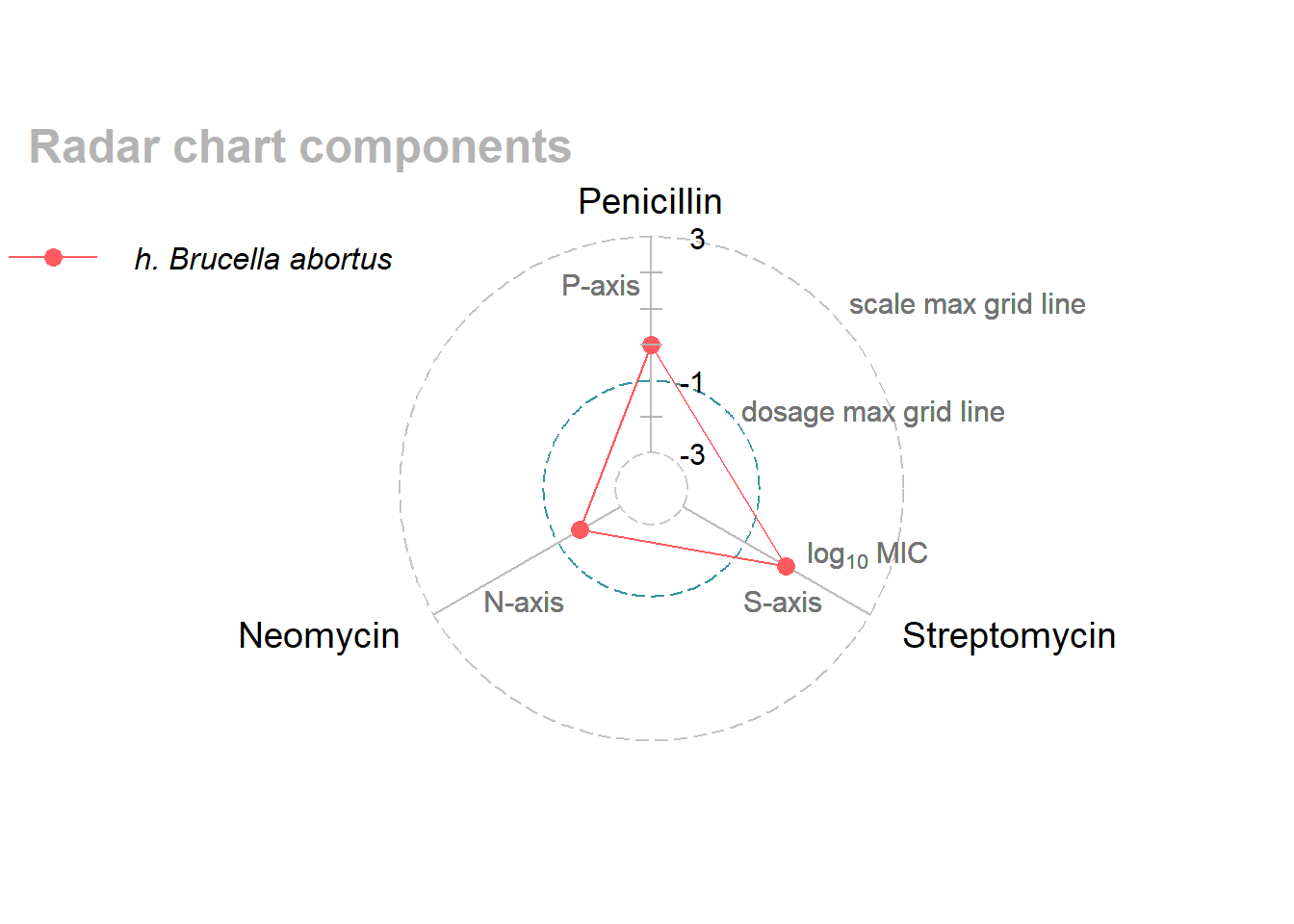A subtle flaw in pull()
Summary
In the current version of dplyr, if x is not a column name in data frame d, then pull(d, x) attempts to look up the value of x in the environment instead of returning NULL or an error. There are ways to augment pull() to yield the exp... [Read more...]



